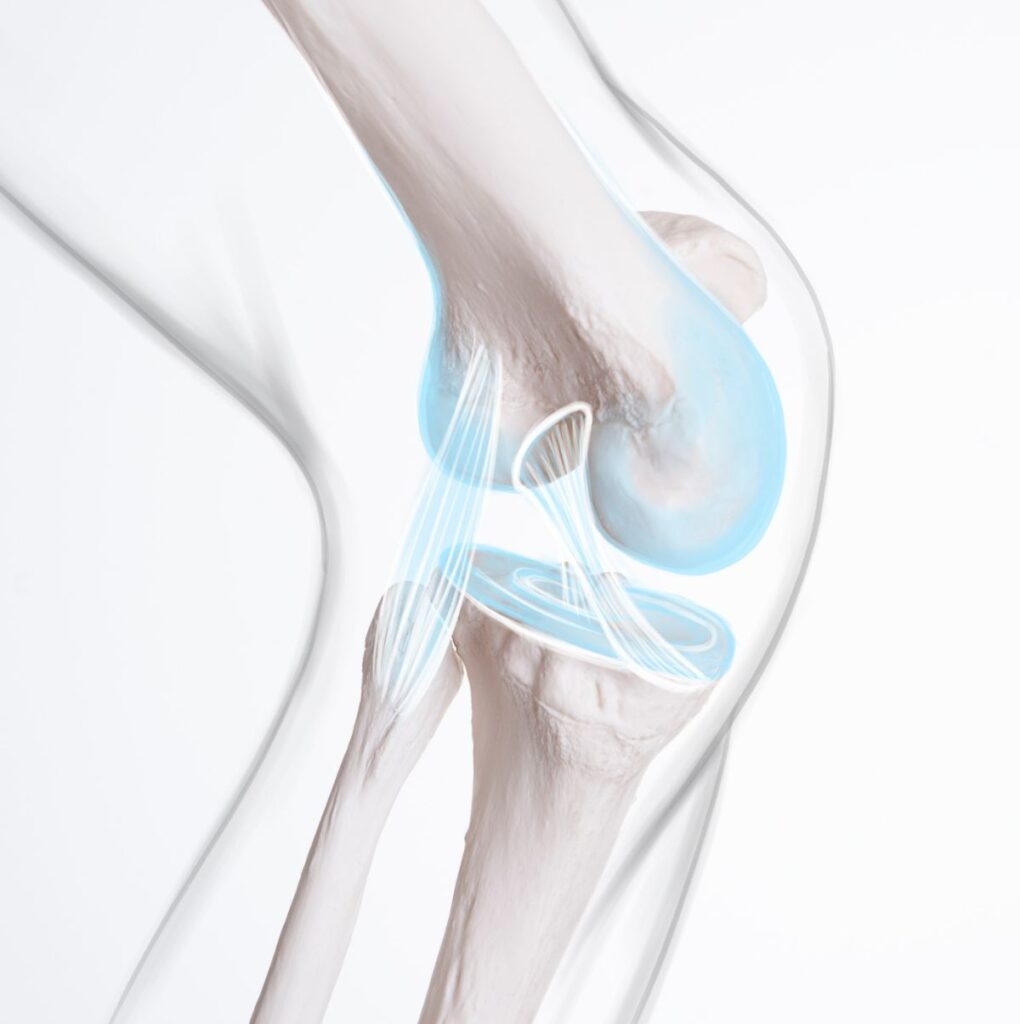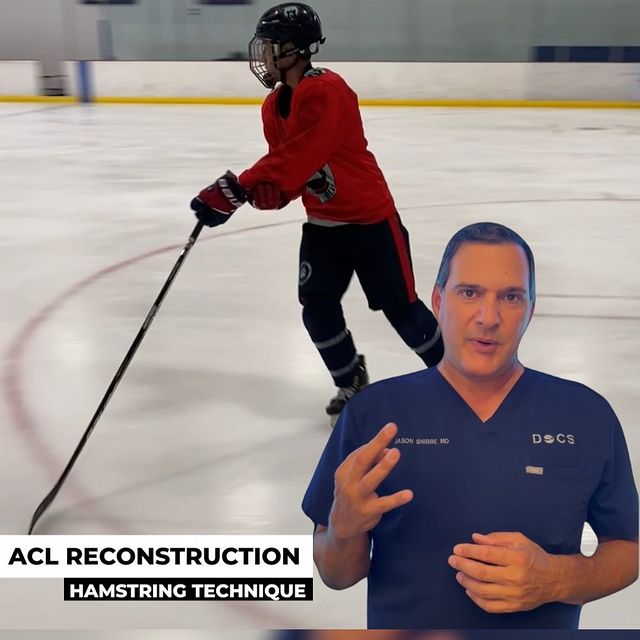Meniscus Injury
The meniscus is a pad of cartilage that acts as a shock absorber for the knee. There is a meniscus on the inside part of the knee, known as the medial meniscus, and another on the outside part of the knee, known as the lateral meniscus. An injury to the meniscus is typically the result of a twisting injury to the knee.

Torn Meniscus
Patients with a torn meniscus often describe symptoms such as clicking or catching in the knee, where the pain is worse with squatting and twisting motions. Mechanical symptoms regularly reported include giving way, locking, buckling of knee, and swelling.
MRI (magnetic resonance imaging) is the diagnostic tool of choice for evaluating meniscus injuries. Although tears of the meniscus are common, conservative treatment is often effective. This includes NSAIDs (non-steroidal anti-inflammatories, such as ibuprofen, Advil, Aleve, etc.) as well as a course of physical therapy to work on strengthening of the thigh and hip muscles that support the knee joint. If a patient continues to experience pain and mechanical symptoms, arthroscopic surgery may be needed to repair the meniscus or remove the damaged tissue.






